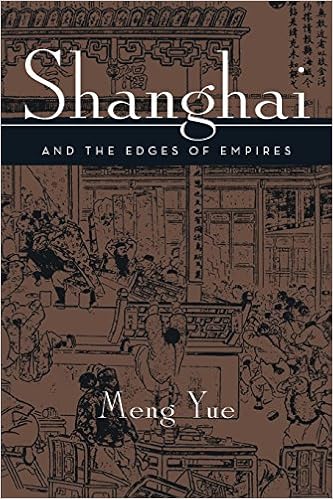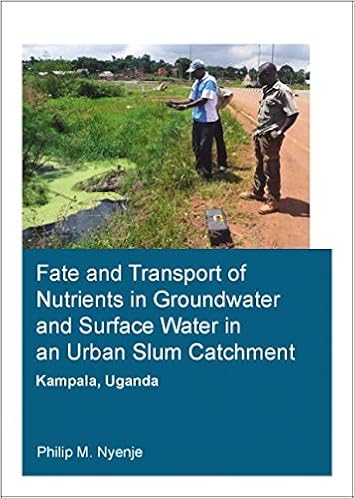
By Ida Susser
According to a three-year research of Brooklyn's Greenpoint-Williamsburg area, Norman Street is an in-depth, unique description of lifestyles in a multi-ethnic operating classification local in the course of manhattan City's monetary problem of 1975-78. Now up to date with a brand new creation to handle the adjustments and occasions of the thirty years because the book's unique ebook, its classes proceed to illustrate the influence of political and fiscal adjustments on daily lives. Over the a long time, Greenpoint-Williamsburg has turn into domestic to artists, actors, writers and adolescents with substitute cultural aspirations. Susser records how those teams, in lots of methods, have joined with the remainder operating classification inhabitants to construct a thriving neighborhood that's now threatened with displacement by way of municipal rezoning which has facilitated huge plans for brand spanking new company investment.
Increasingly prescient at a second of monetary problem while individuals are back occupying public areas in significant American towns, spurred to collective motion by means of mounting fiscal inequalities and the government's position in perpetuating them, Susser's learn of switch, motion, and clash in a local that has turn into emblematic of city transformation-for higher and worse-has a lot to assert to us today.
Read Online or Download Norman Street: Poverty and Politics in an Urban Neighborhood, Updated Edition PDF
Best urban books
The tiny state of Kuwait grabbed the world's realization through the Gulf battle, within which its traditional petroleum source grew to become the envy of its neighboring kingdom of Iraq. yet Kuwait's heritage is going again lengthy earlier than any oil was once stumbled on, again to Mesopotamian settlements as early as 3000 BCE. perfect for prime tuition scholars in addition to basic readers, heritage of Kuwait bargains a accomplished examine how this kind of small kingdom may, basically, rule the area with only one typical source.
Shanghai and the Edges of Empires
Even earlier than the romanticized golden period of Shanghai within the Thirties, the famed Asian urban was once awesome for its distinctiveness and East-meets-West cosmopolitanism. Meng Yue analyzes a century-long shift of urbanity from China’s heartland to its shore. throughout the interval among the decline of Jiangnan towns comparable to Suzhou and Yangzhou and Shanghai’s early twentieth-century upward thrust, the overlapping cultural edges of a failing chinese language royal order and the encroachment of Western imperialists converged.
With the arrival of AIDS, the proliferation of gangs and medication, and the uneasy sensation that giant Brother is absolutely observing us, the darkish part of city dwelling appears to be like overshadowing the brighter facet of enjoyment, liberation, and chance. The Urbanization of Injustice chronicles those bleak city pictures, whereas taking to job exclusivist politics, globalization concept, and superficial environmentalism.
City casual settlements or slums are growing to be quickly in towns in sub-Saharan Africa. more often than not, a sewer approach isn't really current and the commonly-used inexpensive onsite wastewater dealing with practices, as a rule pit latrines, are usually unplanned, out of control and inefficient. therefore, so much families do away with their untreated or in part handled wastewater on-site, producing excessive a great deal of food to groundwater and streams draining those components.
- The Lord of the Nations
- Selected Readings in Quantitative Urban Analysis
- City of Disorder: How the Quality of Life Campaign Transformed New York Politics
- Down the Asphalt Path
Extra info for Norman Street: Poverty and Politics in an Urban Neighborhood, Updated Edition
Sample text
Some tenants accepted pay-outs from landlords. For example, I was told by a neighbor who still lived there, that one longtime tenant in a rundown rent-stabilized building accepted $15,000 payment from his landlord as an incentive to move. This seemed like a fortune at the time, but, later, he could not find an affordable apartment in the area. As noted earlier, the tenements where such families lived have been renovated by previously absentee landlords and have been marketed to young professionals at much higher rents.
NORMAN STREET REVISITED: CLAIMING A RIGHT . . 17 musicians and writers flocked to the area. They were followed, in the 2000s, by vintage-dressed young people, drawing on a postmodern mixture of cultural referents, who have come to epitomize the somewhat controversial label, “hipsters” (Halpin 2009). In spite of media narratives of “trust-fund babies,” as we shall see later, most hipsters were not wealthy. While frequently middle class, educated, and aspiring towards an artistic or alternative identity, they often survived in the neighborhood by sharing apartments with many roommates.
She told me that she herself grew up in the neighborhood, her son went to the neighborhood schools, and her whole family—grandparents on both sides and siblings—lived nearby. In response to the high value of housing in the area, she had sold her house and moved to an area much farther from Manhattan, near the Whitestone Bridge, making sure to bring her mother with her. However, she still made her living by using her old networks in Greenpoint to sell apartments. The Triple Day: Women as Workers, Childcarers, and Community Organizers With the departure of manufacturing from New York City in the early 1970s, in Brooklyn as elsewhere, men lost their well-paying jobs while simultaneously funds for social services, health, and education were cut.



